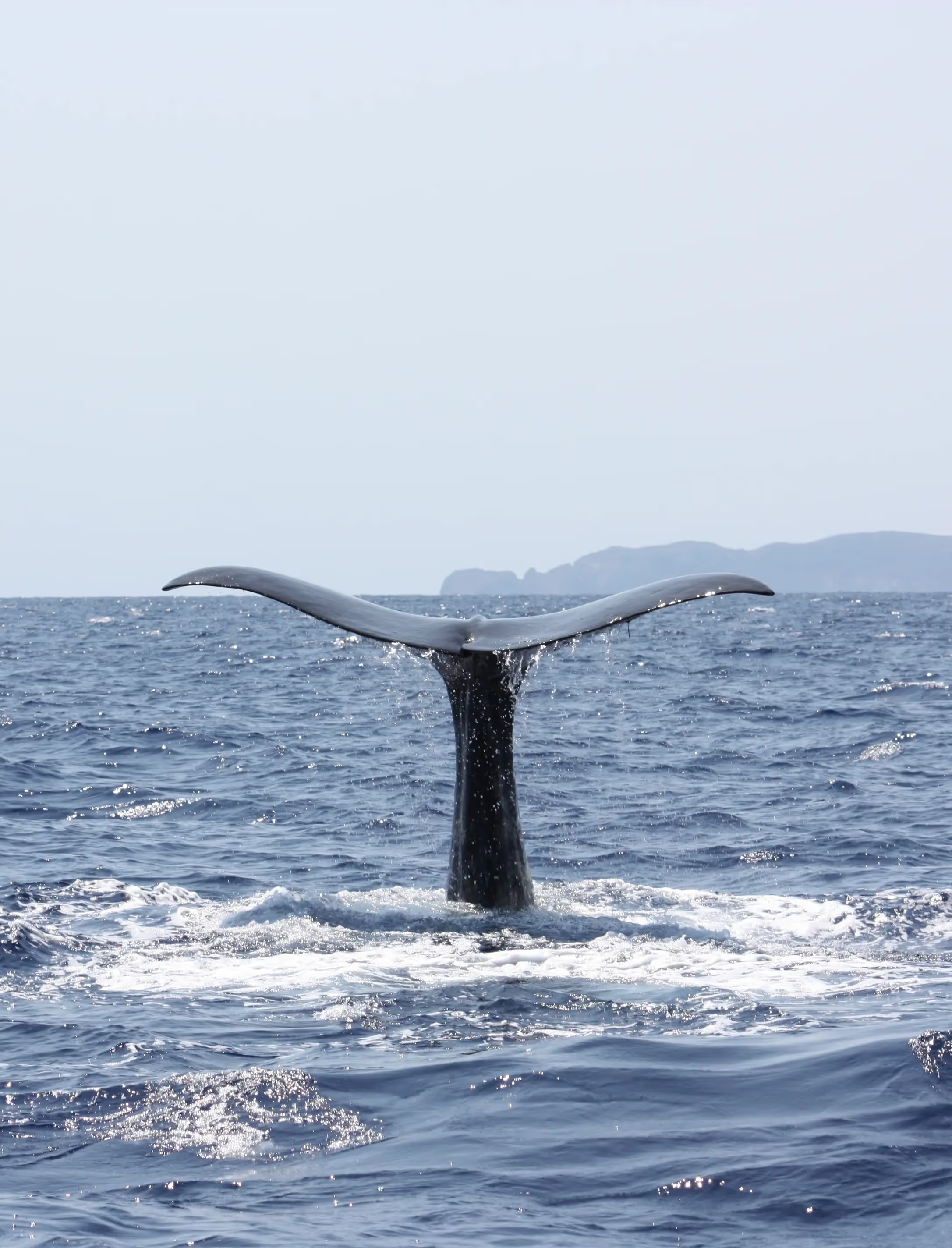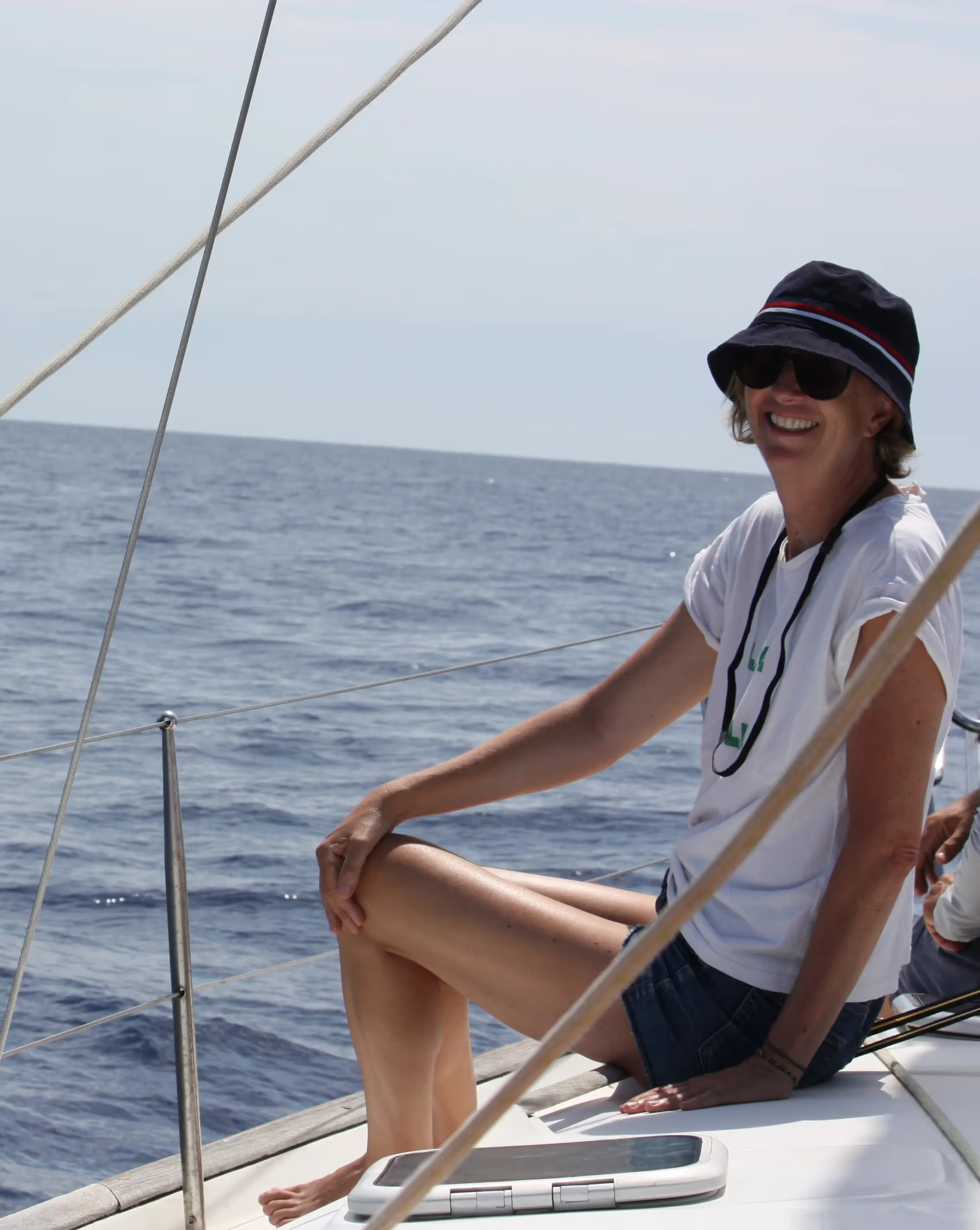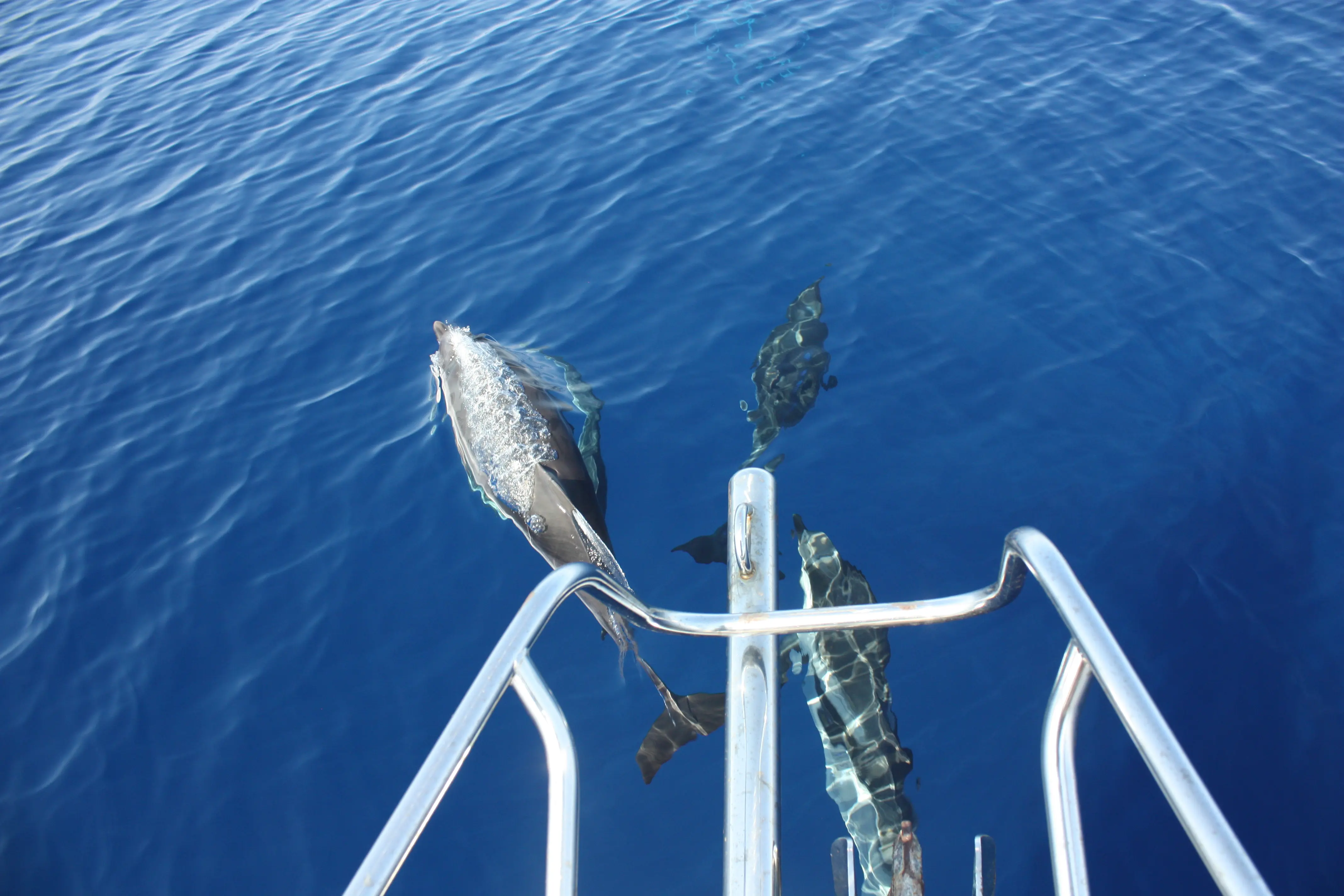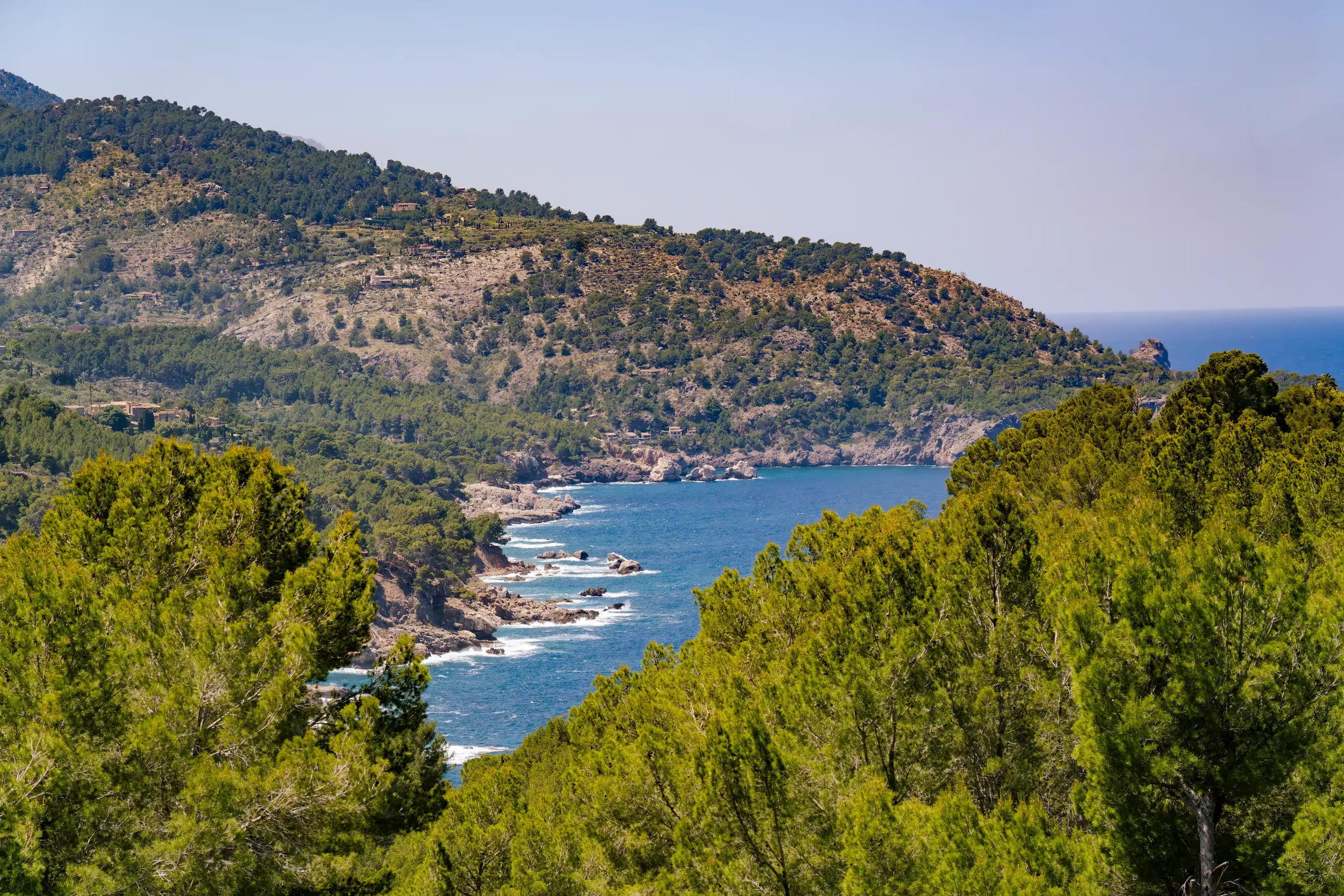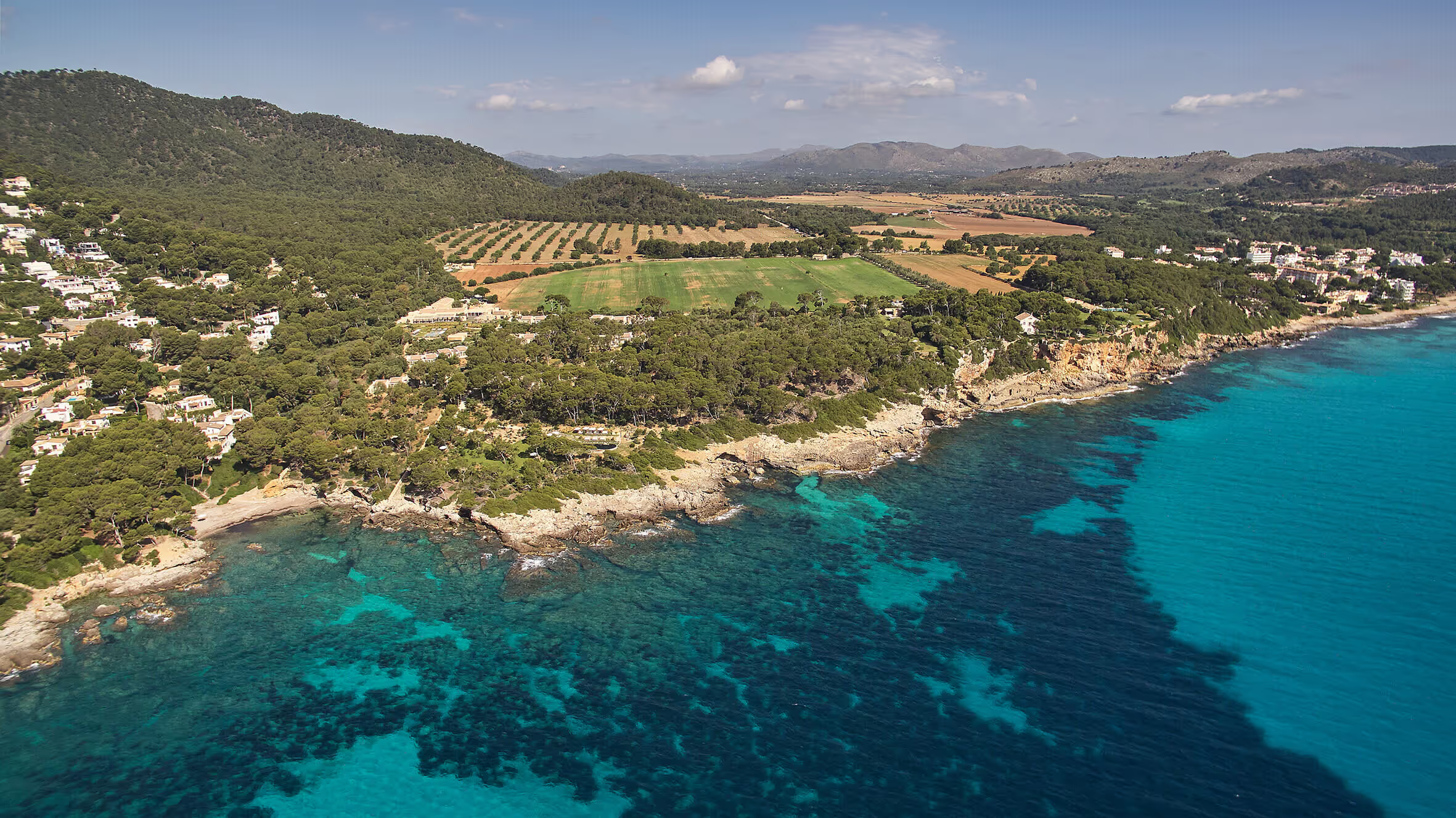
M
onday July 7. This date is marked in red in my diary. Five months ago, I interviewed Txema Brotons and Marga Cerda from the Tursiops Foundation and learned that I could sign up for a week as an eco-volunteer on their sailboat, despite not being a biologist nor a sailor. Excited by the idea of observing sperm whales and dolphins in their natural environment, I signed up. And I dragged along my friend Lolo, a committed environmentalist and animal rights activist.
The meet up time was at 1pm, location: Palma, Plaça d'Espana. We find Txema, Marga dite Tita and three other volunteers: Daniel and Chantal, a Swiss couple, and Estibaliz, a marine science student. We head for the port of Sa Ràpita, where Irifi, a 12-m Clipper 411, is waiting for us. On the way, Txema explains that in the Mediterranean, we're lucky enough to come across both male and female sperm whales, unlike in the Atlantic where females stay in equatorial waters while males hunt in cold waters, as well as eight species of dolphin. Once on board, the safety brief is clear: at sea, the main danger is fire - everything on a boat is flammable. Three fire extinguishers are available to deal with this. In the event of a critical situation - collision, accident, damage or sinking... - several devices are available to alert the emergency services: an EPIRB beacon that emits a distress signal, a red alert button on the VHF radio, and, as a last resort, distress rockets. If necessary, a helicopter will respond within two hours," reassures the captain. Welcome aboard!
Tuesday, July 8
Offshore, the wind is blowing, with waves of over three meters forecast to the north of Menorca. The sperm whales are hunting at a depth of 1000 metres, in absolute darkness. We, as good visual animals, would be totally lost in this universe. They rely on sound. They emit powerful clicks, a kind of dry clacking sound, the echoes of which enable them to map their environment, identify landforms, locate prey and communicate with each other over very long distances. Each click carries a phenomenal amount of information. It is estimated that a sperm whale can transmit ten times more information in one second than a human.
To observe sperm whales, you need to keep your ears wide open. To do this, Txema and Marga use a hydrophone: a microphone towed underwater. When the sea is too rough, the sound of the waves covers everything.

